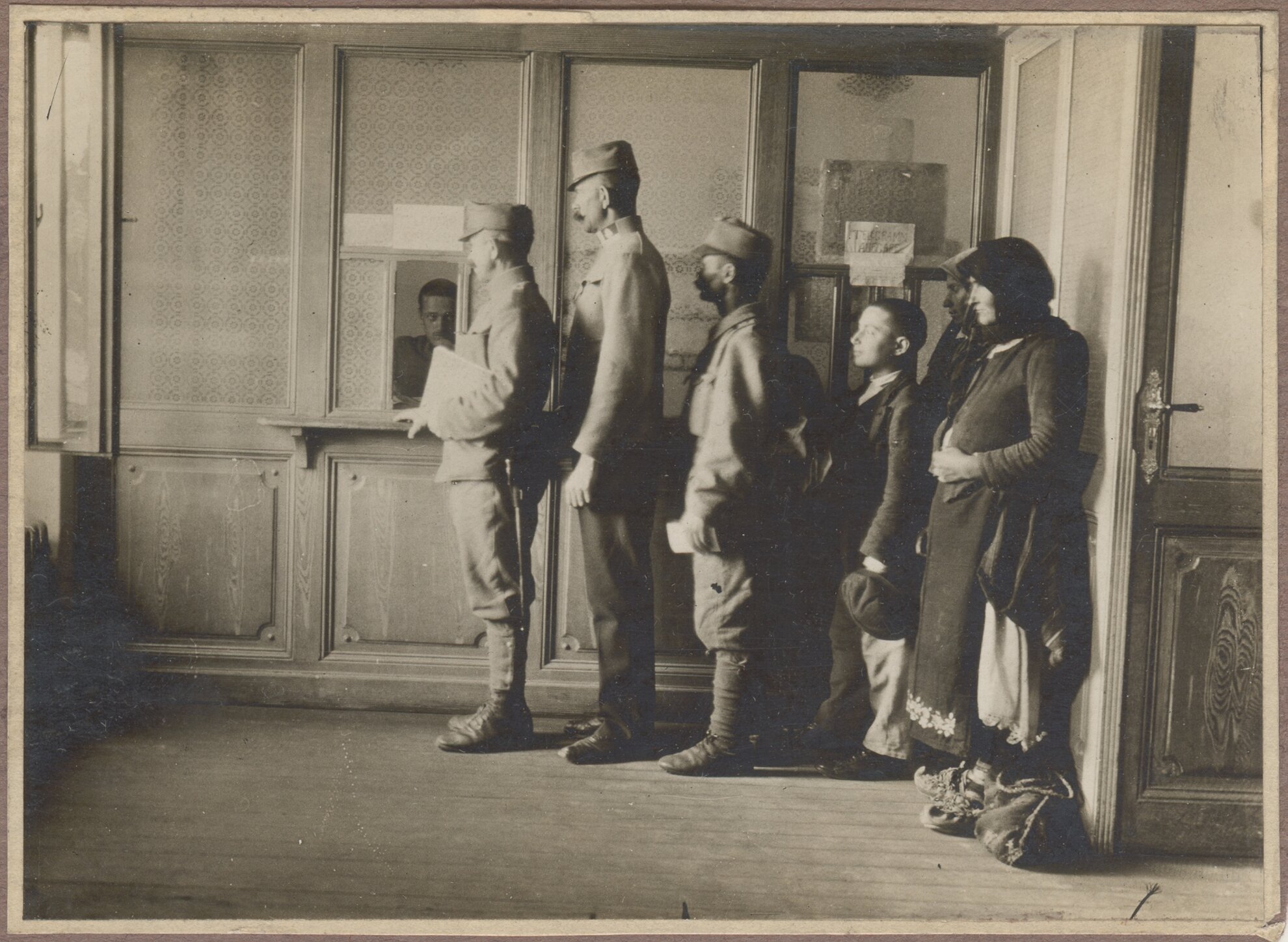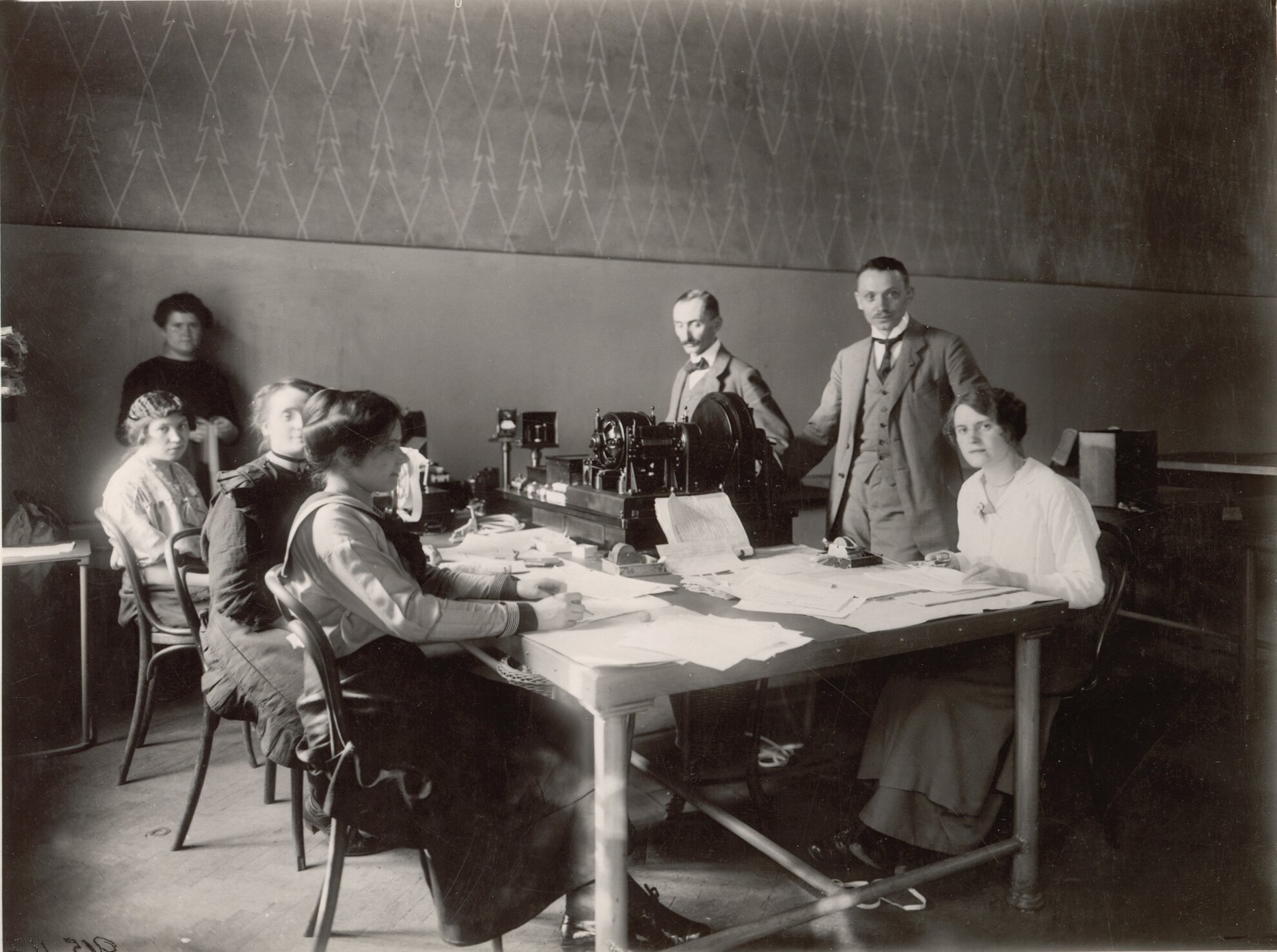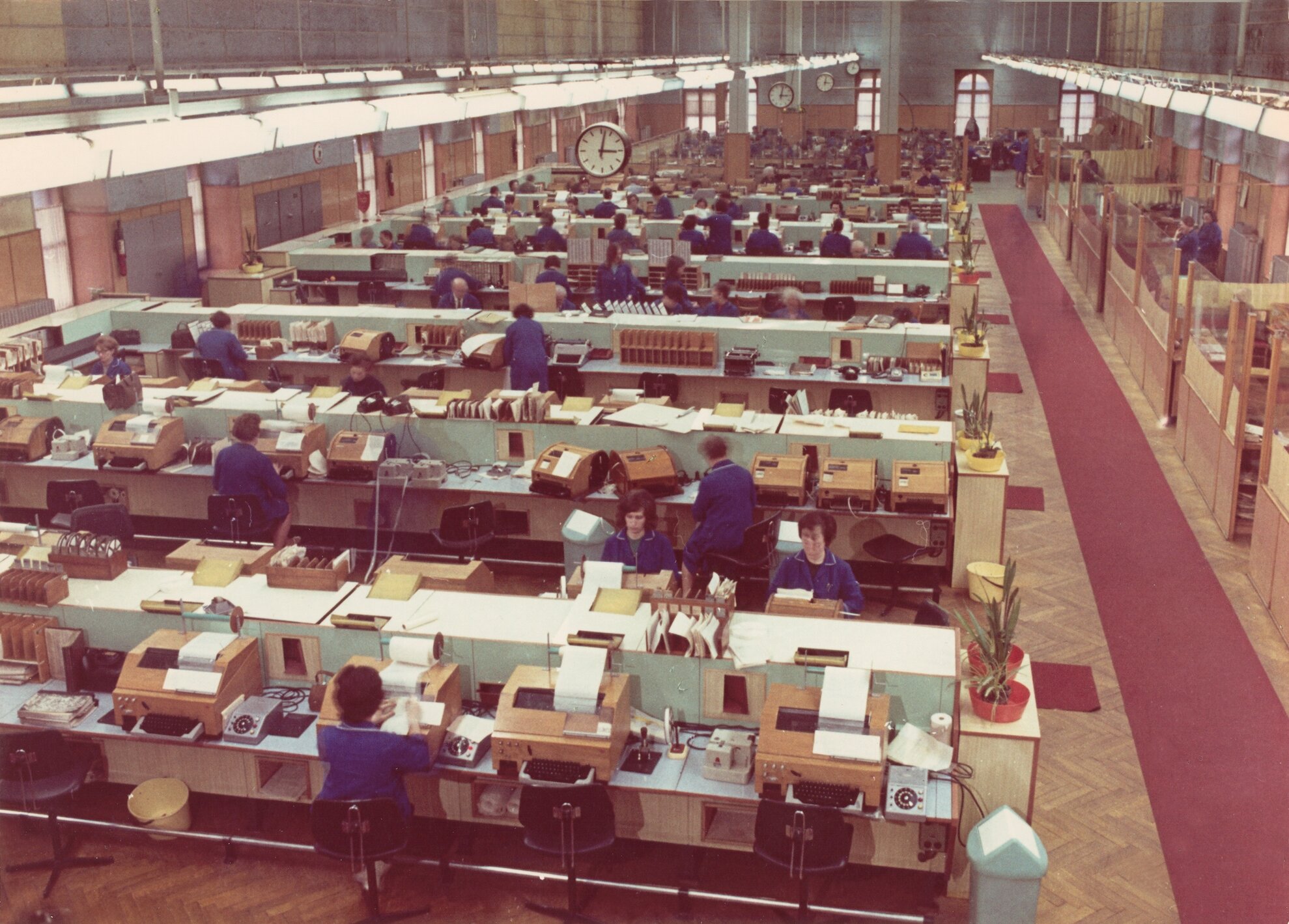After 174 years, Magyar Posta is to discontinue its telegram service on Friday, 30 April. We visit Budapest’s Postal Museum to discover how this revered medium developed, flourished and then clung on long after telephones had taken over.
Depicted by a lightning icon
in post offices the length and breadth of Hungary, the telegram service has
been part of the daily fabric for generations.
Even as recently as the 1990s,
millions of short messages were communicated each year, to congratulate
relatives, contact friends or relay vital information.
This all ends on Friday, 30 April, after which the few thousand annual users who still rely on telegrams to send something memorable will no longer be able to do so.
Telegrams in Hungary
“Until the 1980s, there were no landlines in many places,” says Dr Szilvia-Andrea Holló, current director of Budapest’s Postal Museum. “So telegrams were common, reaching their recipient within four hours. However, sending a telegram wasn’t cheap, you had to pay for it word by word. Telegrams sent to relatives, acquaintances, friends and colleagues were often kept as souvenirs.“
Introduced here in the 1840s, still essential a century later during World War II, telegraph messages in some form were also used at the highest government levels.
The gleaming private telephone of former Hungarian leader Miklós Horthy, nine kilos of bright copper, currently sits in a state of expert repair at the desk of Csaba Magdó, technology specialist at the Postal Museum. It stands out as a shining exception in an era when so much was sent by cable.
It dates back to 1931, when such luxury was beyond the pocket or the ken of most Hungarians. For much of the 20th century, they mainly sent long-distance messages by telegram.
As Dr Holló points out, referring to Hungary’s post-1918 Communist leader: “A famous example is Béla Kun's telegram to Lenin about the opening of the Bessarabian front”.

Yet look for any telegram on display in the relevant department of the Postal Museum on leafy Benczúr utca – a fascinating Flintstones’ Cave of dials, gadgets and wires – and you’ll be disappointed. There aren’t any.
Telephony history
“We delivered them all!” declares Magdó, as we start our tour through telephony history. “We wouldn’t have been doing our job otherwise.”
The telephony department is prefaced by a mock of a typical Hungarian post office, a standard-issue brown bag postmen used to deliver telegrams placed below the lightning sign soon to be a museum piece in itself.
“The first line was the imperial one between Vienna and Bratislava in 1847,” begins Magdó, referring to a city that was then part of Hungary. Communication between Vienna and Budapest was more haphazard, not least during the conflict that broke out between them a year later.
Morse had not yet been
brought in. On display is the so-called Wheatstone telegraph dating back to
1840. These were being produced in England for commercial use, to such an
extent that this is a customised model for the German-speaking world, of which
Budapest was then part.
Two concentric circles of characters display letters
and numbers separately, the sender having to indicate to the receiver
which one they were using by first pressing either Buchstaben or Figuren.
German letters, ä, ö and ü also feature.
“The system works with electrical pulses. Around the same time, there was also a way of communicating by waterpipes, the pressure affecting the levels to transmit letters.” Either type was, as Magdó refers to it in Hungarian, a távjelző – a long-distance signal.
They died out once Morse, presented at an international conference in Vienna in 1851, arrived. “This was a printing telegraph. There were five signs, short and long, with three gaps between letters and seven between words. Operators knew how to read the dots, dashes and punch holes in the paper.”
Magdó demonstrates with an original set in fully working order. Messages, though, still required interpreting and writing down.
The first távíró, printed telegraph, didn’t come until the 1870s. David Edward Hughes, a musical prodigy as a child, created a machine with piano keys which sent signals which printed out at the other end on a self-adhesive strip of paper.
Station to station
“Its main failing,” says Magdó, “was that had to be synchronised perfectly with the same machine at the other end. They both needed to work at the same speed. It was mainly used at railway stations. Post offices and the army preferred to stick with Morse”.
A beautiful piece of furniture, whose gleaming keyboard and varnished wood would not have looked out of place in the drawing rooms of the well-to-do, the Hughes telegraph was also cumbersome.
And, by 1876, the first telephone had been patented. This set off a rapid wave of new inventions, Hungarian pioneer Tivadar Puskás at the forefront. Budapest’s first telephone exchange opened as early as 1881.
To appreciate the extent of the network of communication branching out from Budapest in the Hungarian-speaking world, a map mounted above the Hughes telegraph shows a mass of lines reaching as far as the outskirts of Belgrade and northern Dalmatia, way into what is now Slovakia and to the edge of Bukovina, where modern-day Romania, Ukraine and Moldova meet.

While these borders changed after 1920, progress marched on. The main game-changer came with the German Siemens T37 machine created in 1933. This was a távgépíró – printed communication with strips of paper of three rows, then a middle one for insertion, then two more. Magdó duly sends another message, satisfyingly printed out with unique Hungarian characters such as ű and ő.
Like for the Wheatstone a century before, this was also divided between letters and numbers, and the operator had to indicate beforehand which was which. This was real-time printing.
Vorsprung durch Technik
"They could send the same message to several government departments with far less effort – even leave it to run overnight.”

This and the later T100 model, widespread from the 1960s, were used across Hungary until relatively recently. “In fact,” confides Magdó, “there’s still one in operation today at Ipolytarnóc, at the border with Slovakia. And it wasn’t that long ago that the ones at frontier posts with Croatia and Serbia at Gyékényes and Röszke were still working”.

When villagers around Hungary sent their telegrams of congratulation or condolence in the 1990s, the post-office operator would have been sat behind a Siemens.
Mainly thanks to its use for special occasions, the telegram service has proved remarkably long-lasting across Europe. State-run postal services were only discontinued in Poland and Ukraine in 2018. You can stroll into any post office in Serbia, Croatia and Italy, where it remains popular, and still send one.
Magyar Posta, meanwhile, has long lost the lightning element of its logo in various rebrandings and restructurings. This Friday, 30 April, it loses its telegram service entirely – and with it a piece of history. Stop.
Postal Museum
District VI. Benczúr utca 27



